When Don’t Nod Entertainment first launched their adventure game, Life Is Strange, back in 2015, it took the gaming world by storm. So, if you’re searching for more titles that are akin to that gameplay style but don’t want to play the sequel, here are games like Life Is Strange.
Until Dawn

Until Dawn proved to be one of the best horror games over the years. Similar to Life is Strange, it has you making tough choices which can alter the fate of various characters. In some cases, it could even lead to their death, resulting in a “bad ending” where no one has survived the grueling night.
Aside from this conclusion, there are dozens of endings that entice players to start the game over upon completion just to see what would have happened if you had taken that other route or if you had not said that one mean thing about that one character.
The choices are crucial in Until Dawn, but unlike Life Is Strange, you can’t rewind time if you don’t like the outcome, as these young adults do not harness the power of time travel.
Tell Me Why
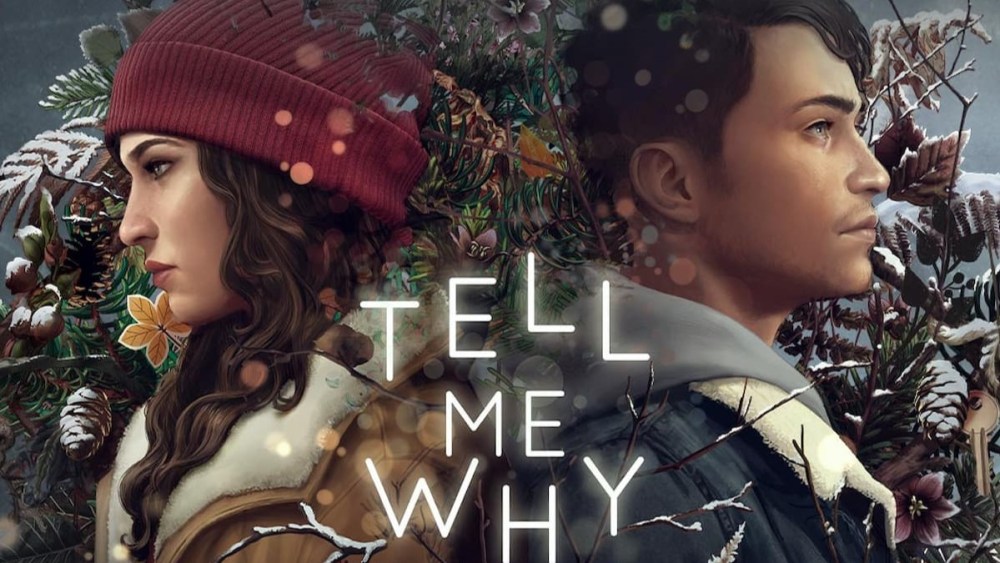
Tell Me Why is another Don’t Nod entry that heavily focuses on the concept of time, taking a deeper look into the past through the eyes of twins, Tyler and Alyson Ronan. As a player, you must unravel the town’s mystery using the supernatural bond between the siblings, as well as the choices you make along the way.
Not only will your decisions impact the twins’ relationship, but it will affect others around you to shape the story in various ways. You can also explore the game’s breathtaking scenary in a small settlement in Alaska, showcasing an improvement in graphics in comparison to Life Is Strange.
Tell Me Why takes it a step with its genuity in storytelling, where Don’t Nod Entertainment and Xbox Game Studios utilized on-the-ground research. In particular, the team looked closely at cultural, mental health, and gender advocates to bring more authenticity to this riveting narrative, introducing the gaming industry’s first trans character from a major studio.
What Remains Of Edith Finch

Those who appreciated Life Is Strange’s compelling narrative will undoubtedly enjoy the mesmerizing journey of What Remains of Edith Finch. Through a collection of stories, you’ll discover the secrets of the Finch family’s curse that have led to their short-term lives, each with their own heartbreaking tale.
You’ll take on the role of Edith, the last member alive, as she explores the deserted family home. One by one, players will be captivated with every character’s experience, switching over to their perspectives before they met their end.
What Remains of Edith Finch has even garnered several awards thanks to its impactful storyline, including the Best Game at the 2018 BAFTA Game Awards and Best Narrative at the GDC 2018 Choice Awards.
Detroit: Become Human

Detroit: Become Human has certainly set the bar for choice-based games, as it exhibits an incredibly intricate flowchart full of decisions. Players will live out the lives of three intelligent androids, who are starting to question their tedious servant-like jobs with their masters, the humans.
Each character pathway is different from the other, from Connor’s detective career to Kara’s runaway lifestyle to Markus’ revolutionary drive. With all of them combined, you’ll be on the edge of your seat with every passing moment that can shape the city of Detroit an entirely new way.
Detroit: Become Human also has a high replayability value through its variety of endings, expanding the moving conclusion of Life Is Strange.
Road 96

Road 96 is a unique choice-based game that puts you on a hitchhiking journey during the Summer of 1996. You’ll play as numerous runaway teenagers, who seek a change in their life due to the authoritative leadership of Petria.
While on the road, players will meet an abundance of fascinating characters and choose dialogue options to either boost their bond or bring it down significantly. It’s up to you to decide which directions you want to take on the trip, getting you one step closer to freedom.
Although Life Is Strange is primarily based in one location, Road 96 features many destinations to explore with a visual style that is reminiscent of the ’90s.
The Quarry
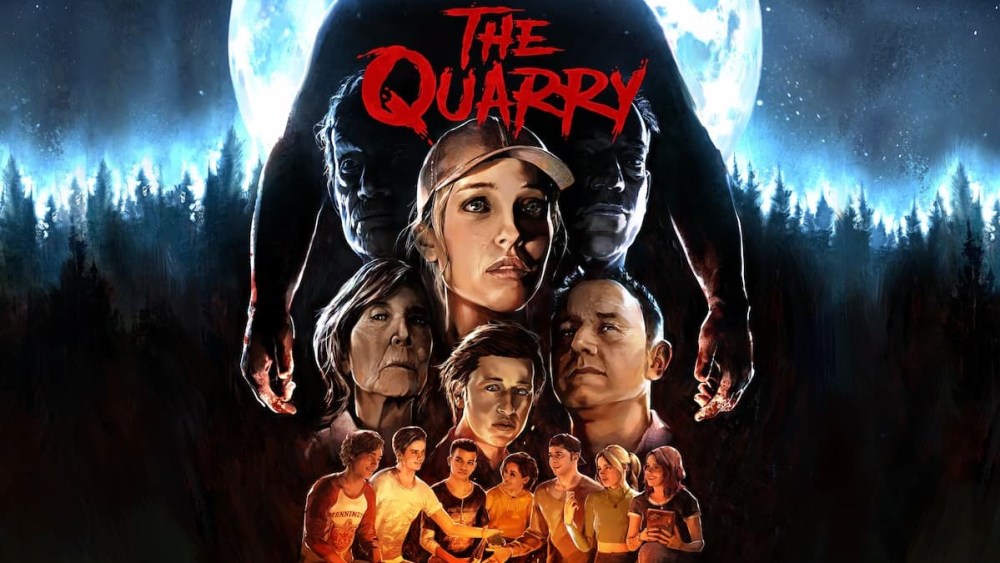
After the success of Until Dawn, Supermassive Games continued on the tradition of decision-making with their horror title, the Quarry. Like Life Is Strange, players will experiences the lives of teenagers, as they try to survive the night in their once peaceful camp.
The choices you make can determine the fate of many characters, and they’ll gradually become more challenging when someone’s life hangs in the balance. Players will also see fun dialogue scenes between the teenagers, similar to Chloe and Max, showcasing whimsical banters and flirtatious interactions.
So, if you are looking for a cinematic experience with a twist of choices, you should surely sink your teeth into the Quarry.
Remember Me

In comparison to Life is Strange, you will definitely notice how Don’t Nod’s previous title, Remember Me, influenced Max Caulfield’s rewind and fast-forwarding capabilities. Not only does the main character, Nilin, look just like Max (well, kinda), but both games share similar aspects in regard to Nilin’s Memory Remix ability.
Remember Me is an action game – first and foremost- that has a unique combo system. There are moments where you must remix a person’s memory to solve conflicts in the plot. You essentially can make people feel a certain way or even stop things from happening altogether by rearranging a room, for example, and making sure that a specific character can’t die.
Being a totally different genre of a game, Remember Me is something that Life Is Strange fans can appreciate and hopefully see how it influenced the latter.
Firewatch
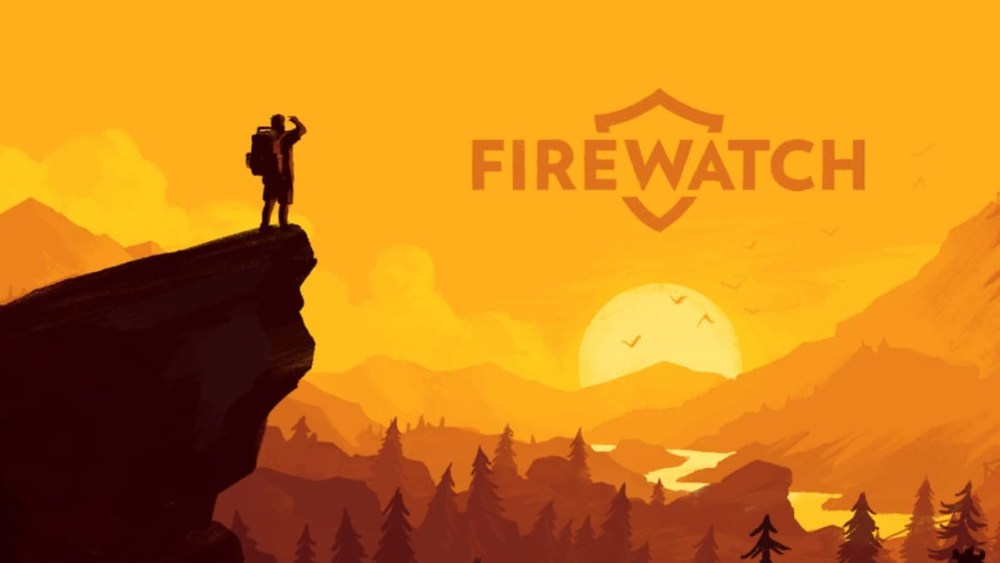
In Firewatch, you play as a man who volunteers as a fire lookout in a national park set in Wyoming. He finds out that his wife had been diagnosed with early-onset dementia, which caused him to take the job during the summer – as a means of escape.
Firewatch is a first-person mystery game that one would call a “walking simulator” of sorts. There are no enemies to fight or complicated puzzles to bash your brain on, yet there’s an interesting relationship between the main character and his superior, Delilah, that will surely pique your interest.
You’ll talk through a walkie-talkie and take orders from her, where you can select dialogue points that can change her overall attitude towards you. Will you flirt back with your superior? Or will you stray from acting fresh with her, constantly thinking about your sick wife back home? The choice is entirely up to you, similar to the pathways of Life Is Strange.
Telltale’s The Walking Dead

Telltale Games continue to put out content based on other properties; one of their most successful titles is the first season of The Walking Dead, which puts players in the role of Lee, who runs into a girl named Clementine, forcing the pair to help each other in order to survive the crawler-filled world.
All of Telltale’s games are point-and-click/choose-your-own adventure titles that use choices to form the story. Like Life Is Strange, the first season of The Walking Dead mandates players to think hard and long before they make decisions, or else it result in the characters’ untimely demise.
Specifially, one choice towards the end of the game can shape Clementine into a completely different person down the road in the other seasons, vaguely resembling what happens to Chloe Price.
Beyond: Two Souls
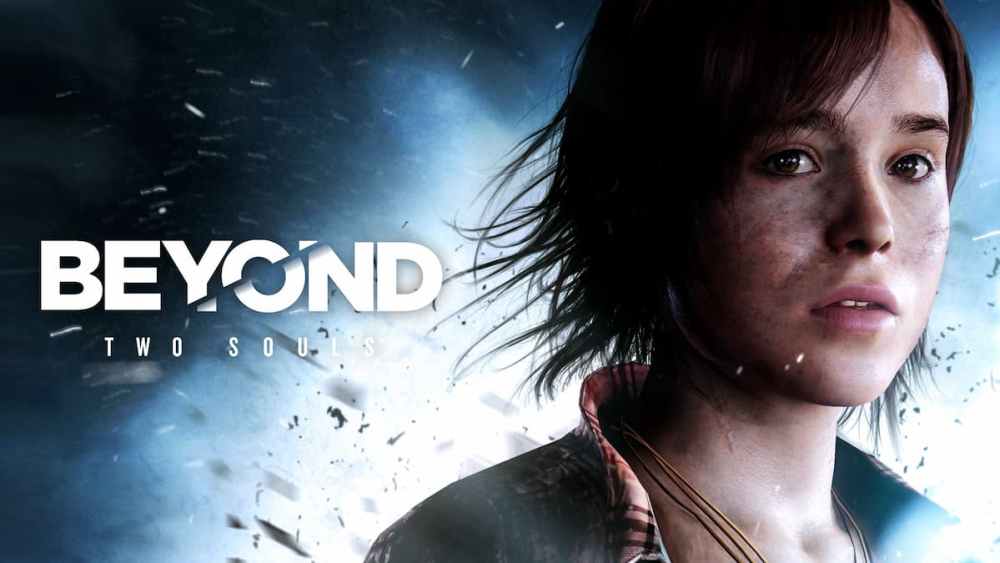
Quantic Dream is no stranger to putting their main characters through some pretty harsh situations, from having a man’s son killed to Jodie being shunned by all of her peers at a young age in Beyond: Two Souls.
You play as Jodie from childhood to adulthood, learning about her powers that seem tied to an entity that has been following her for her entire life. It’s almost a coming-of-age story that shows her development through the tough choices that she had to make – mainly because of her “problem.”
Beyond: Two Souls’ action-driven narrative strays a bit from the past Quantic Dream title Heavy Rain, but they both share similar aspects to Life Is Strange simply because of the main character alone. Jodie and Max both possess some pretty interesting – shall I say – superpowers that prove to be a gift and a curse for the protagonists, helping yet hurting them when it most inconveniences them.
Night in the Woods
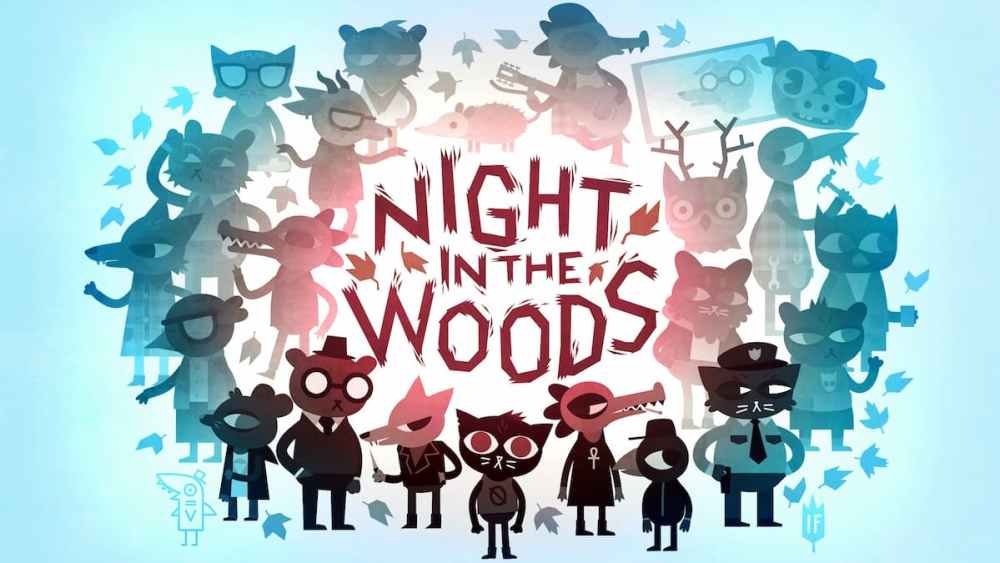
After dropping out of college at the age of 20, Mae returns to her small hometown looking to reconnect with her old friends when she discovers a terrible secret hidden away in the forest. Night in the Woods follows a pretty linear story that is played in the vain of an adventure game, yet there are certain choices you can make that might let you discover a backstory to some of the townspeople.
Some pretty intense themes are covered during the duration of the story like depression and mental issues, following a similar format to Life Is Strange’s impactful narrative.
The Longest Journey
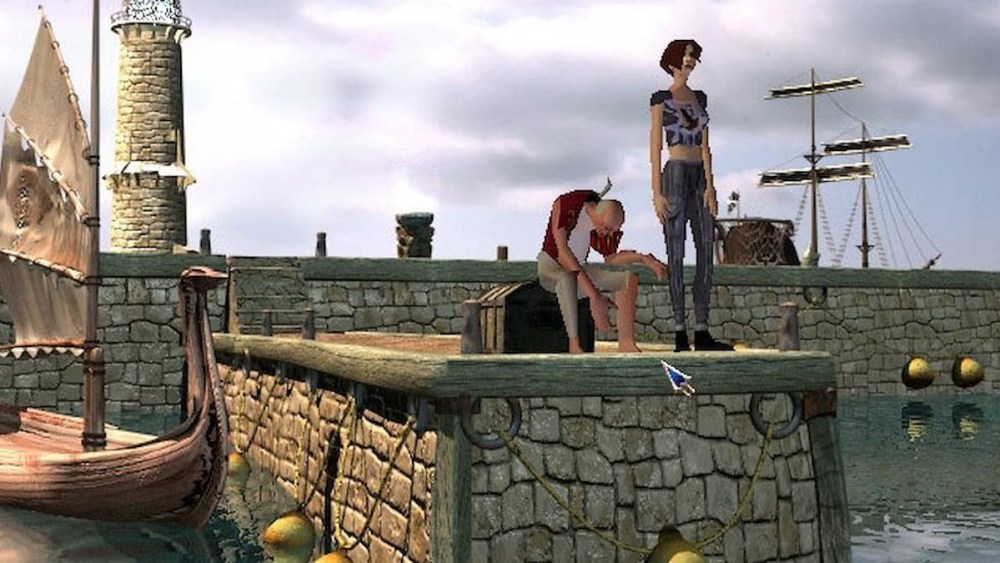
The 1999 point-and-click adventure game The Longest Journey may have come 15 years or so before Life is Strange, but both games have glaring similarities that need to be brought to light. One being that they both take place in a location with Arcadia in the name.
On top of that, the main character of The Longest Journey, April Ryan, is an 18-year-old introverted female who gains the ability to travel between two different dimensions. Sound familiar? We think so too.
One day, April is tasked with saving the world by bringing balance between two parallel universes, resulting in the discovery of her shifting powers. Alas, this newfound abilities prompts the puzzle-solving point-and-click adventure gameplay that put your thinking skills to the test.
If you’re a fan of Life Is Strange, then The Longest Journey might be the next best choice as an “introverted art student saving the world” type of game; it is available on iOS devices if that is something that sounds like it’s up your alley.
Gone Home
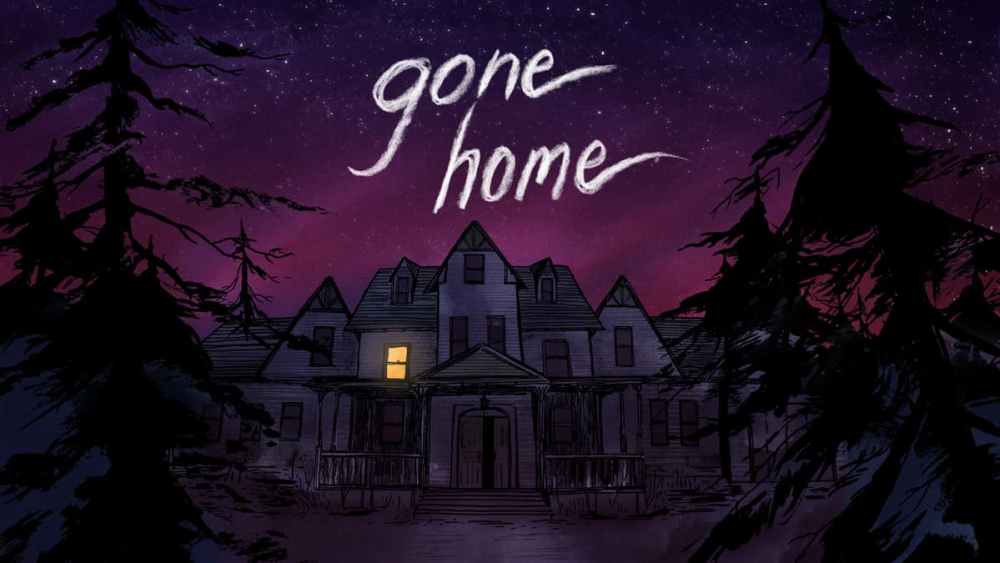
Gone Home tells a two-or-so-hour long story of a girl who comes home from overseas to find that the house has been deserted. The family home in Portland, Oregon, is filled to the brim with clues and notes, explaining what really happened in the vast yet empty house.
What’s unique about Gone Home is that there are no other characters or people in the game, only you (the player) and the home, which is a character in itself. The narration, art style, and just the whole vibe of the events that happened are also reminiscent of Life Is Strange.
There’s a set story here in Gone Home and clues to find that push the overarching narrative along, but taking place in Oregon gives the game a sort of eclectic feel that shares aspects with Life Is Strange’s Arcadia Bay.
Dreamfall Chapters
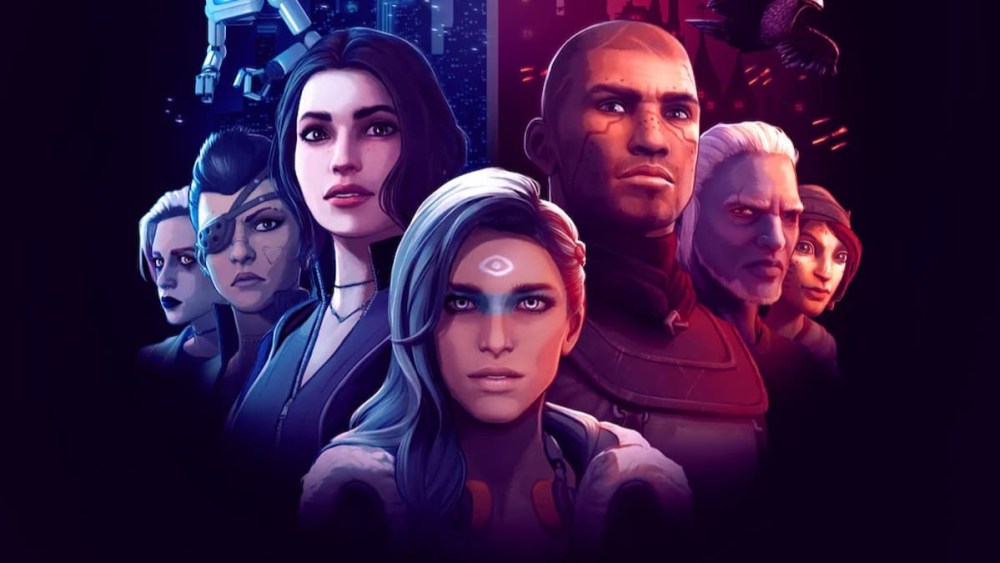
Dreamfall Chapters is a sequel to The Longest Journey, with a 5-part episodic adventure that continues the story of its predecessor and the two parallel universes of Arcadia and Stark.
Just like Life Is Strange, Chapters features a linear plot, but the difference is that there is only one set ending. There are still tons of choices to make throughout the story; however, they only impact later plot points and do not influence the ending at all.
One cool feature about Dreamfall Chapter’s decision-making is the percentages of choices, showcasing what the majority of other players chose through an internet connection. Adventure games usually show the percentage after the choices are made, but Dreamfall Chapters features the stats to players while they are making that big decision.
Broken Age
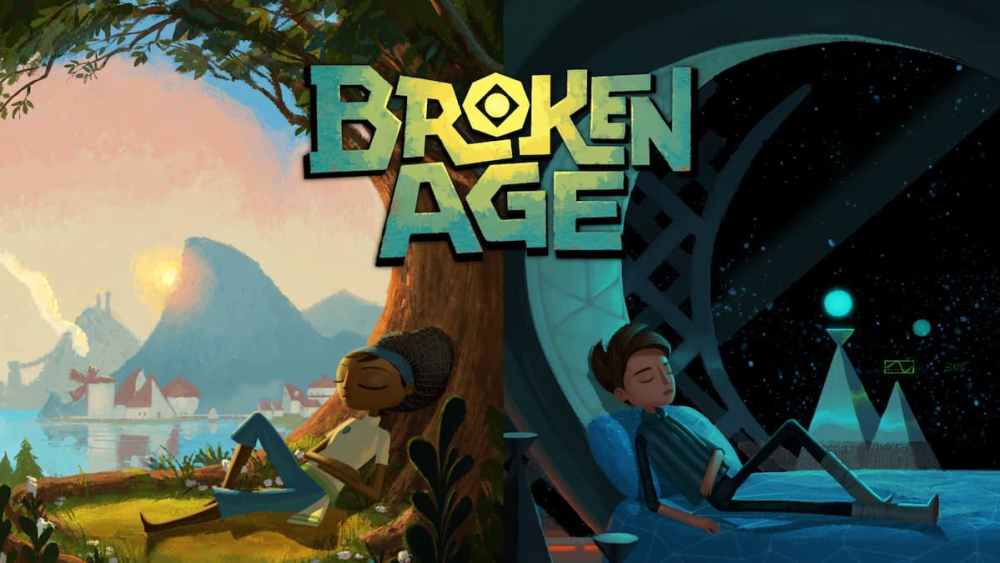
Tim Schafer of Double Fine Productions, otherwise known as the king of adventure games, gave us another hit back in 2015 with Broken Age. It focuses on the tale of two teenagers, Vella and Shay, who wanted to break conventions and do something different with their lives that didn’t involve following in everyone else’s footsteps.
While Life Is Strange takes a more modern approach to the adventure game genre, Broken Age is precisely what you would expect from an adventure title made by Tim Schafer. Shay and Vella both live in separate worlds, and you can switch between them at will, in which they never interact with each other in any direct way.
These two characters share the same ideas and thoughts even though one lives in space and the other is a tribal girl. The otherworldly and parallel universes theme also fits well with Life Is Strange’s underlying plot, putting both games together under the same category.
Heavy Rain
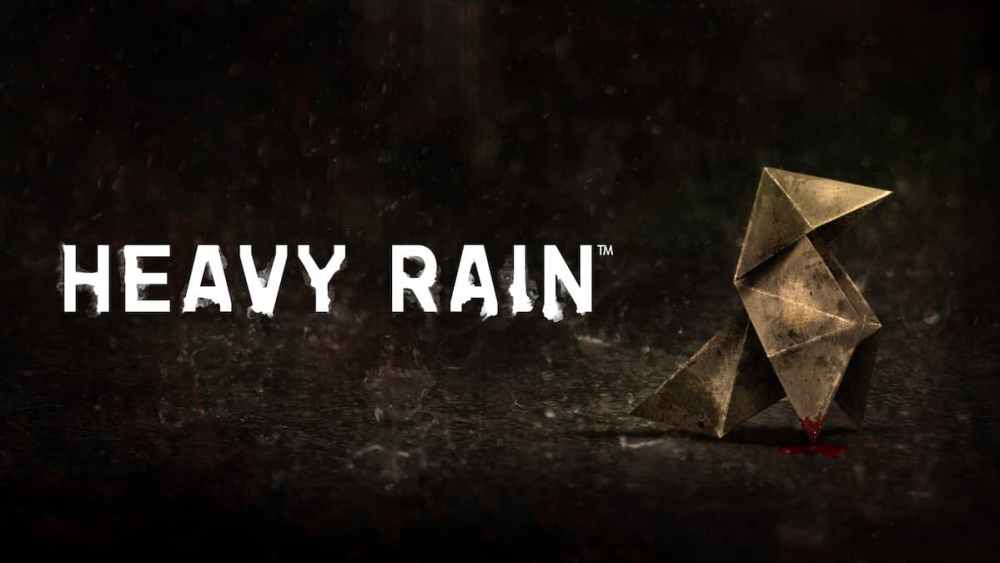
When it boils down to interactive drama games, no one can quite top Heavy Rain. Quantic Dream’s 2010 action-adventure title focuses on four stories that all link to the same goal. It all starts when Ethan Mars’ son gets kidnapped by the mysterious Origami Killer, initiating a rescue mission to set things right. He isn’t alone, however, as three other people are chasing the same criminal with their own motivations.
Just like in Life Is Strange, players will make their way through different scenarios that lead to new choices. The storyline ushers different outcomes depending on how you handle the many situations in the game.
From making critical choices to surviving fight scenes, there’s a lot to consider in Heavy Rain. The game is tied together with a solid narrative littered with plot twists at every turn.
Oxenfree

A weekend party takes a terrifying turn when a group of friends decide to have some fun at a closed-off island. The protagonist, Alex, accompanies her best friend and new step-brother for the ride and meets up with her brother’s ex-girlfriend and his best friend’s crush.
What starts out as a simple beach drinking night soon becomes a survival affair after the group unleashes a sinister evil on the island. Ghosts and paranormal activities aside, Oxenfree offers a compelling narrative with a dynamic conversation system. Players can influence the story’s outcome through the many dialogue options scattered throughout the game.
Players can even use their radio to uncover the dark truth behind Edwards Island and the spirits surrounding it. Not to mention there’s just enough teenage angst that warrants its connection to Life Is Strange.
The Wolf Among Us
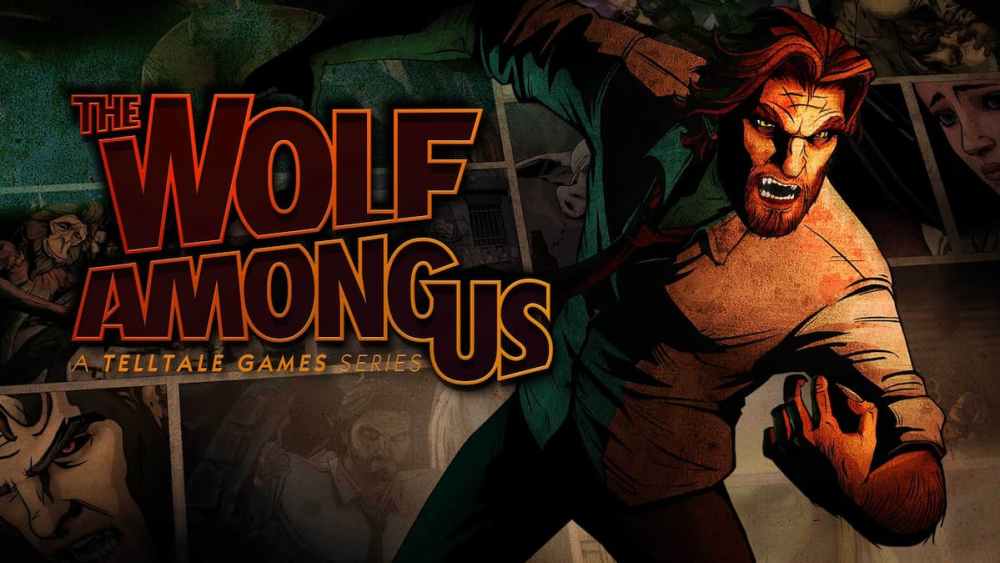
Like most Telltale games, The Wolf Among Us features an interactive story fueled by choices and action sequences. This time around, you play the role of Bigsby Wolf, the sheriff of Fabletown. He’s handling a case on the mysterious death of a woman, so players will be doing plenty of investigations throughout the game.
Similar to Life Is Strange, players will travel from location to location and interact with different objects. Additionally, you can even interact with NPCs, and depending on how you interact with them, they’ll view you in a different light.
The Wolf Among Us also includes plenty of action scenes filled with QTE sequences in between. Interestingly enough, the story will take a different turn depending on how you interact in these scenarios. So, if you want a more hardboiled story than what Life Is Strange has to offer, then look no further than The Wolf Among Us.
Fahrenheit: Indigo Prophecy Remastered
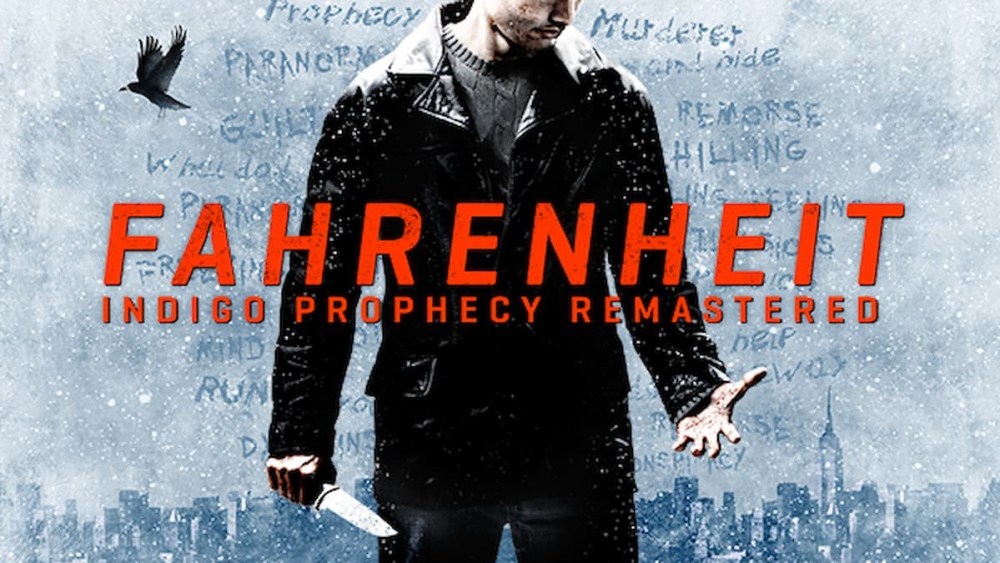
In this interactive paranormal thriller, players must investigate the mysterious case affecting the people in New York City. There’s a pattern of mysterious killings where civilians suddenly become possessed and start killing others without warning. On a personal note, it was one of my first times dabbling with the choiced-based genre, setting the stage for the rest of the decision-making games I grew to love.
Players will have to cycle between four characters to crack the case and find out the truth behind these strange murders. The game plays quite similarly to Life is Strange, in which you’ll have free reign over your characters when it comes to interacting with the world or talking with others.
Whenever you talk with NPCs, there is a suspicion meter that is affected by the dialogue options in the game. It’s also worth noting that characters come with their own “mental health” meter that drops or rises depending on the many outcomes in the game, along with numerous QTE moments.
To The Moon
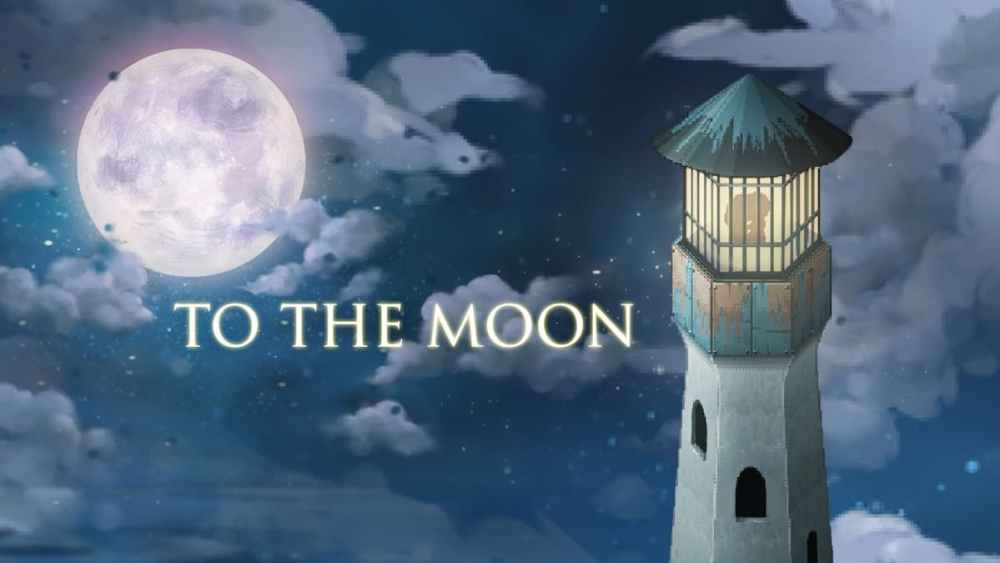
To The Moon tells a short story of one dying man’s entire lifetime. Set in the future, two doctors set out to fulfill his dream of flying to the moon through artificial memories. Players will navigate from memory to memory, exploring the narrative, picking up items, and recreating the elderly man’s mind fragments to fulfill his wish.
Along the way, you’ll learn more about the patient, Johnny, and fully delve into his bittersweet life. While there isn’t any time-traveling or branching storyline, the game’s main story and overall vibe fall in line with Life Is Strange.
from Twinfinite https://ift.tt/qCdjXRh